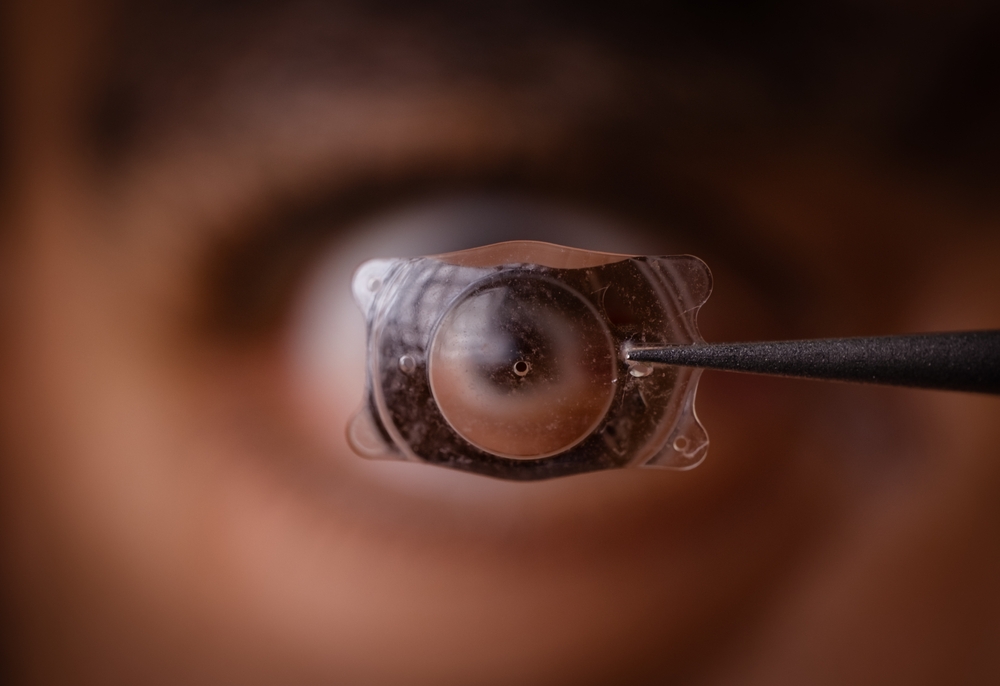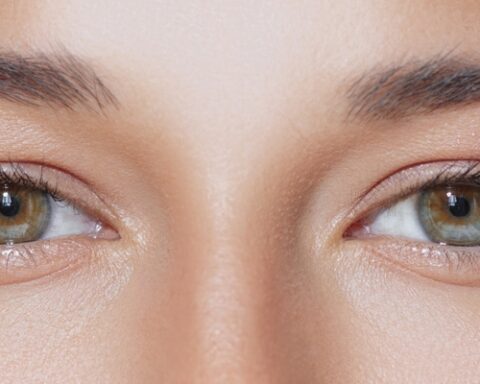Have you ever wondered if the dream of ditching your glasses comes with a few fine-print surprises? LASIK has become the go-to fix for people tired of relying on corrective lenses. It’s fast, it’s relatively painless, and for most, it works like a charm. But while the spotlight shines on the 20/20 glory stories, there’s a quieter side of the LASIK experience that often gets left out of the brochure.
That’s not to say LASIK—short for Laser-Assisted In Situ Keratomileusis— is some shady operation hiding in a back alley behind your optometrist’s office. It’s been approved for decades, and millions of people swear by it. But even if you emerge from the operating room seeing better than ever, that doesn’t mean you’re in the clear on every front.
It Doesn’t Halt Age-Related Vision Changes
Getting LASIK at 30 might feel like a permanent fix, but your eyes didn’t get the memo. One of the most common misunderstandings about LASIK is that it prevents future vision issues. Spoiler: it doesn’t.
Even with perfect post-op results, most people will still develop presbyopia, a natural stiffening of the eye’s lens that usually kicks in during your 40s. Translation? Reading menus in dim restaurants still becomes a thumb-and-forehead struggle.
Here’s the catch.
- LASIK reshapes the cornea to fix how light enters the eye—it doesn’t touch the lens itself.
- You may still end up needing reading glasses later in life, even if your distance vision remains solid.
- Multifocal LASIK and monovision are alternatives, but they come with their own trade-offs, like reduced depth perception.
Dry Eyes: The Uninvited Long-Term Guest
Almost everyone experiences dry eyes in the first few weeks post-surgery. That’s expected. What’s less expected is when that temporary symptom becomes a long-term lifestyle change.
LASIK can sever corneal nerves involved in tear production. While most people regenerate those nerves within six months, others don’t bounce back as quickly—or at all.
- Around 20-55% of LASIK patients report ongoing dry eye symptoms beyond six months.
- Dryness can cause blurry vision, burning, and that sandpaper-in-your-eye sensation.
- For some, this means regular use of prescription eye drops or even punctal plugs to manage moisture levels.
Night Vision Quirks: Halos, Starbursts, and Glare
You may walk out of LASIK seeing clearly under bright lights, but what about in low-light conditions? That’s where a different story sometimes unfolds.
LASIK can change how light scatters in the eye, especially when pupils dilate at night. But what can this lead to?
- Halos: fuzzy rings around lights, especially street lamps or headlights
- Starbursts: light flaring outward in all directions
- Glare: increased sensitivity to light, making night driving uncomfortable
These effects are more likely if you had large pupils to begin with or received earlier-generation LASIK. Advanced technology has reduced this risk, but it’s still not zero.
Regression: When Your Vision Slips (Slightly) Backwards
You finally get to throw your contacts in the trash. Life’s good—until a few years later, when your vision starts slipping again. This phenomenon, known as regression, can happen when the cornea heals differently than expected or continues changing over time.
- Mild regression is fairly common and may require “enhancement” surgery.
- Enhancements are usually safe, but not all patients are candidates.
- Your original prescription, corneal thickness, and age at the time of surgery all influence your odds.
Not Everyone Gets to Skip the Glasses Forever
Despite the hype, LASIK doesn’t guarantee you’ll be glasses-free for life. A lot depends on your individual eye anatomy, lifestyle, and how your vision holds up with age.
Consider this.
- You might still need blue light glasses for screen-heavy days.
- Reading glasses are likely once you hit your mid-40s, regardless of LASIK.
- Some patients end up needing distance glasses again if regression occurs.
So yes, you can ditch your glasses—but maybe keep a backup pair just in case.
Vision Distortions and Contrast Sensitivity
Ever feel like your vision is technically clear but… off? Some LASIK patients report subtle changes in how they perceive contrast and fine detail.
What can that look like?
- Difficulty seeing in dim lighting, even if your acuity is perfect
- Letters or shapes that seem less “crisp” or defined
- Trouble distinguishing between similar colors or shades in low light
These changes are subtle, but they can matter for tasks like night driving or graphic design—anything where visual precision is key.
It Doesn’t Work for All Eye Types
LASIK isn’t one-size-fits-all. If you’ve got severe astigmatism, thin corneas, or a history of eye disease, LASIK may not be the best option for you.
What can that mean?
- Being turned away after a consult—even if your friend with worse vision was approved
- Being offered an alternative like PRK, SMILE, or implantable lenses
- Needing to weigh the risks of complications like corneal ectasia, a rare but serious side effect where the cornea bulges and distorts
Mental Health and Unrealistic Expectations
Here’s one that rarely makes the FAQ sheet: LASIK can have psychological effects, especially if expectations don’t match reality.
- Post-surgical anxiety, particularly if healing takes longer than expected
- Regret or dissatisfaction, even with objectively good outcomes
- Obsessive monitoring, especially in people prone to health-related anxiety
None of this means LASIK causes mental health issues—but it does mean a solid consult should include more than just a prescription check. A good surgeon will screen for unrealistic expectations and talk you through the what ifs, not just the you’ll probably be fine.
Red Flags to Watch After Surgery
While most complications are rare, some symptoms should prompt a return visit to the surgeon—stat.
- Sudden vision loss or significant blurring
- Persistent eye pain beyond the first few days
- Severe light sensitivity that doesn’t improve
- Any signs of infection (redness, swelling, discharge)
If your gut says something’s off, don’t tough it out.
The Real Takeaway: Informed Eyes See Best
LASIK can be life-changing, but it’s not magic. It’s a precise, high-stakes procedure with real risks—most of them small, but none of them imaginary. For every “I woke up seeing like a hawk” story, there’s someone quietly managing dry eyes, second-round tweaks, or the occasional halo.
Before signing the consent form, ask the questions that don’t show up in flashy ads. What are the odds of dry eyes for you, given your tear production now? How likely are enhancements for someone your age and prescription level? Will your cornea still be thick enough if regression happens later?
Clarity Isn’t Just About Vision
The best LASIK patients aren’t just the ones with the right corneal shape—they’re the ones who know what they’re getting into. Because clear vision doesn’t mean much if you weren’t given a full picture in the first place.






